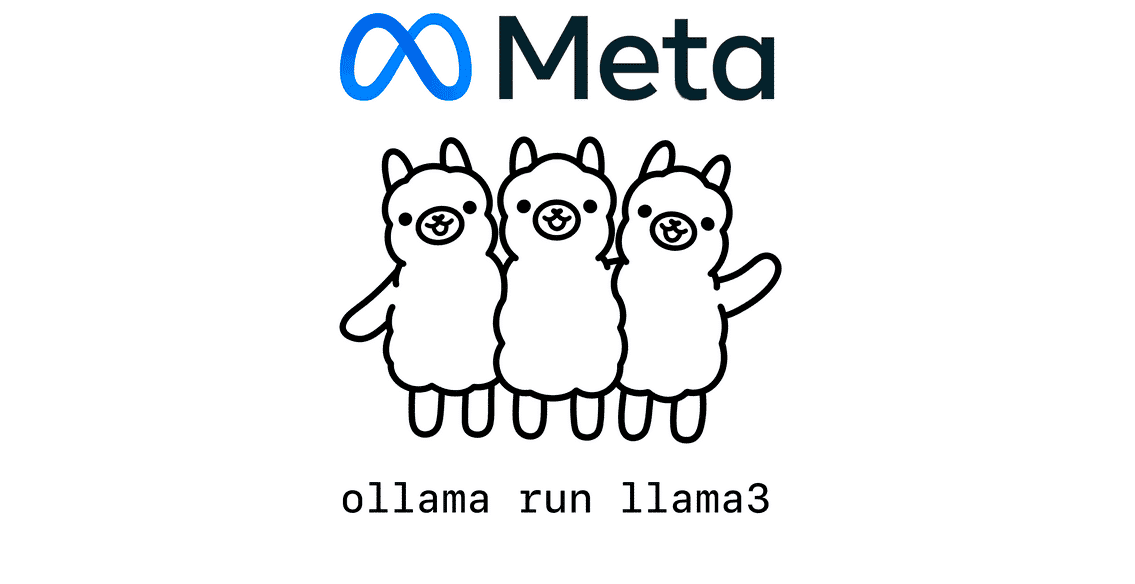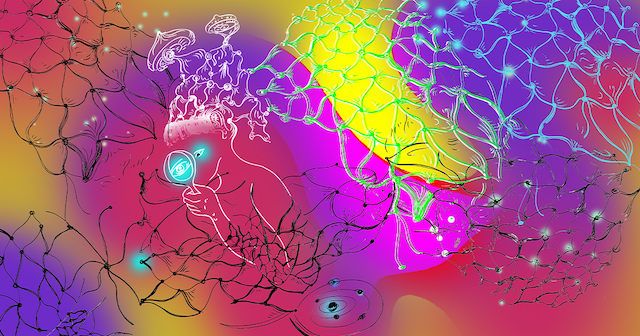How Frax Redefined Stablecoin Stability
The post How Frax Redefined Stablecoin Stability appeared on BitcoinEthereumNews.com. Sam Kazemian revolutionized stablecoins with Frax by combining algorithmic stability with full collateralization for reliable value. Fraxchain aims to expand Frax’s ecosystem, enhancing scalability and integrating with major blockchains under Kazemian’s leadership. Sam Kazemian’s foray into the realm of cryptocurrencies began not as a calculated financial enterprise, but as a natural extension of his great interest and passion for creative technologies. The possibilities and expanding digital worlds of the internet always drew Kazemian as a child. This passion eventually led him to the chaotic and unregulated realm of cryptocurrency throughout his undergraduate years. But it wasn’t simply the potential of decentralized finance that piqued his interest; it was also the obvious inefficiencies and volatility that accompanied it. In 2019, Kazemian co-founded Frax as a result of his dissatisfaction with the current stablecoins. These assets, which were intended to maintain a steady value relative to a fiat currency such as the US dollar, were either highly centralized or overly reliant on vulnerable algorithms. Kazemian envisioned something different: a stablecoin that could harness the power of algorithms while remaining fully collateralized. This twofold strategy tried to establish a solid, dependable digital dollar, a task that many had attempted but few had accomplished. A New Era of Stability: Frax’s Dual-Layered Approach Frax was launched in December 2020 and rapidly became a sensation in the DeFi (Decentralized Finance) community. The protocol presented a novel paradigm that blended algorithmic supply changes with collateral reserves, ensuring that one Frax was always worth one dollar. This concept differed significantly from the traditional stablecoins of the time, which either depended substantially on collateral (like Tether) or solely on algorithms (like the ill-fated Terra). Kazemian’s method was groundbreaking. He recognized that, in order to achieve true stability, a stablecoin required both mathematical rigor and tangible assurance in the form…

The post How Frax Redefined Stablecoin Stability appeared on BitcoinEthereumNews.com.
Sam Kazemian revolutionized stablecoins with Frax by combining algorithmic stability with full collateralization for reliable value. Fraxchain aims to expand Frax’s ecosystem, enhancing scalability and integrating with major blockchains under Kazemian’s leadership. Sam Kazemian’s foray into the realm of cryptocurrencies began not as a calculated financial enterprise, but as a natural extension of his great interest and passion for creative technologies. The possibilities and expanding digital worlds of the internet always drew Kazemian as a child. This passion eventually led him to the chaotic and unregulated realm of cryptocurrency throughout his undergraduate years. But it wasn’t simply the potential of decentralized finance that piqued his interest; it was also the obvious inefficiencies and volatility that accompanied it. In 2019, Kazemian co-founded Frax as a result of his dissatisfaction with the current stablecoins. These assets, which were intended to maintain a steady value relative to a fiat currency such as the US dollar, were either highly centralized or overly reliant on vulnerable algorithms. Kazemian envisioned something different: a stablecoin that could harness the power of algorithms while remaining fully collateralized. This twofold strategy tried to establish a solid, dependable digital dollar, a task that many had attempted but few had accomplished. A New Era of Stability: Frax’s Dual-Layered Approach Frax was launched in December 2020 and rapidly became a sensation in the DeFi (Decentralized Finance) community. The protocol presented a novel paradigm that blended algorithmic supply changes with collateral reserves, ensuring that one Frax was always worth one dollar. This concept differed significantly from the traditional stablecoins of the time, which either depended substantially on collateral (like Tether) or solely on algorithms (like the ill-fated Terra). Kazemian’s method was groundbreaking. He recognized that, in order to achieve true stability, a stablecoin required both mathematical rigor and tangible assurance in the form…
What's Your Reaction?








































.png)










































